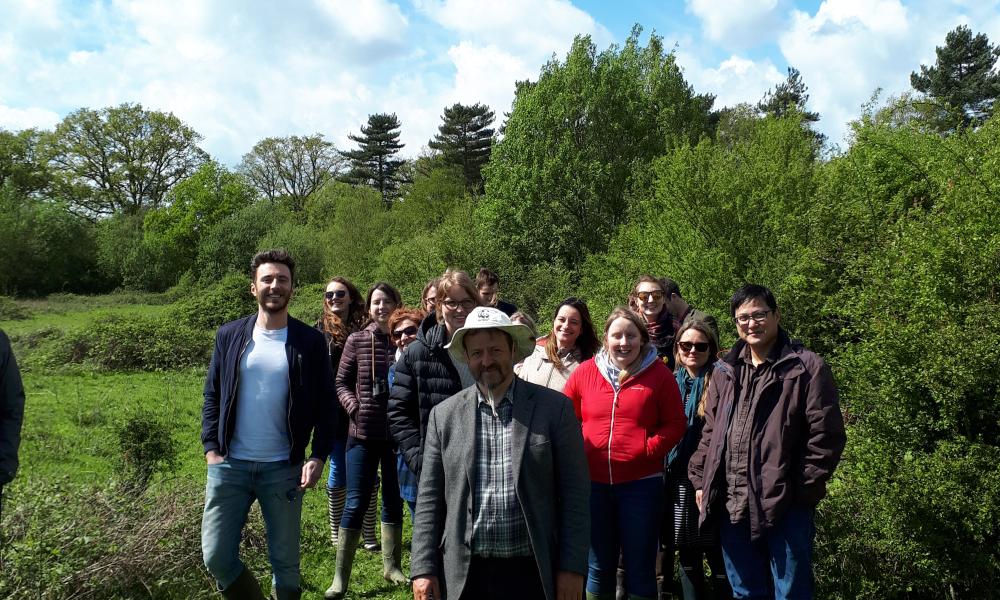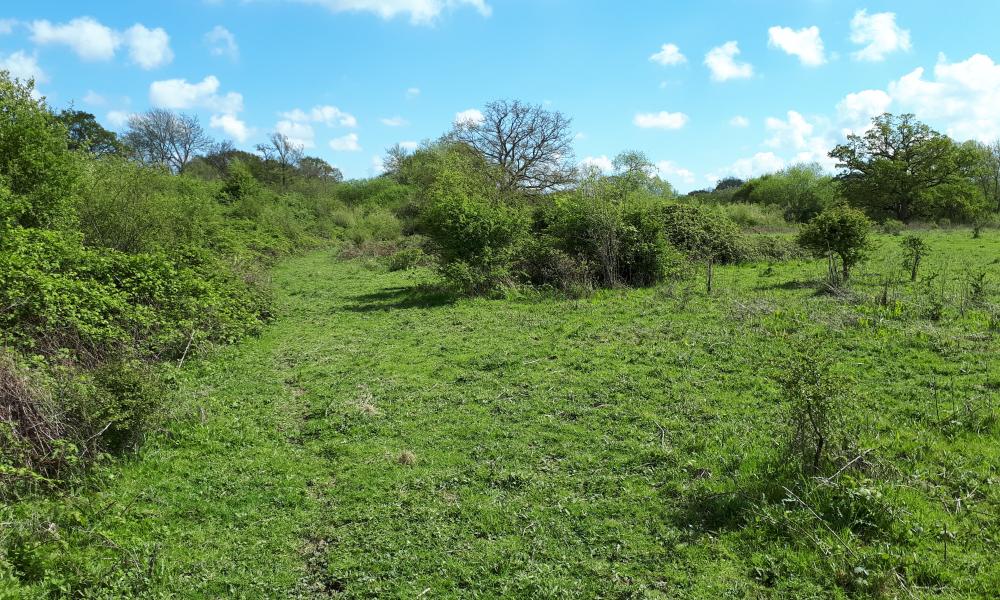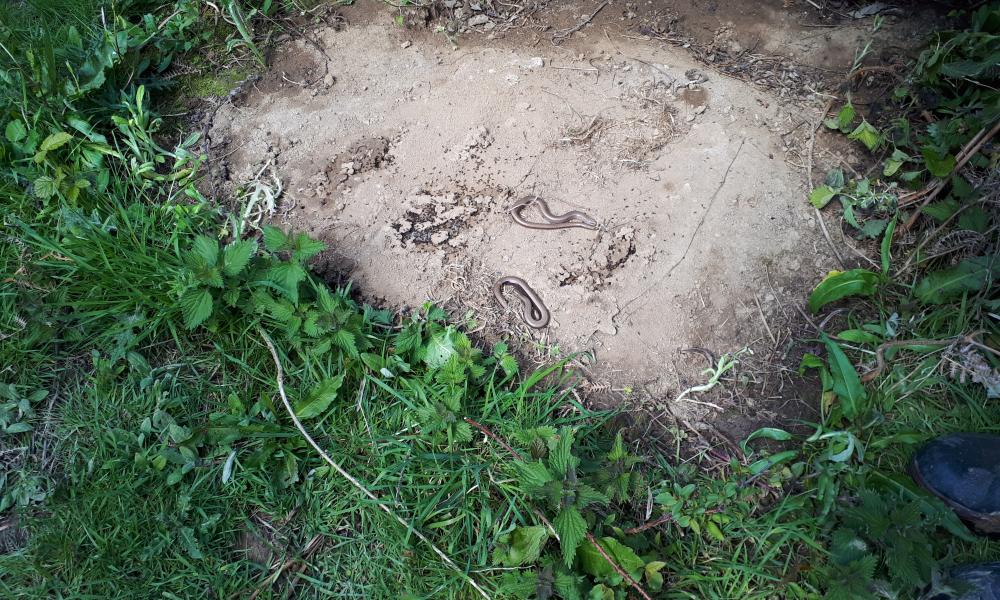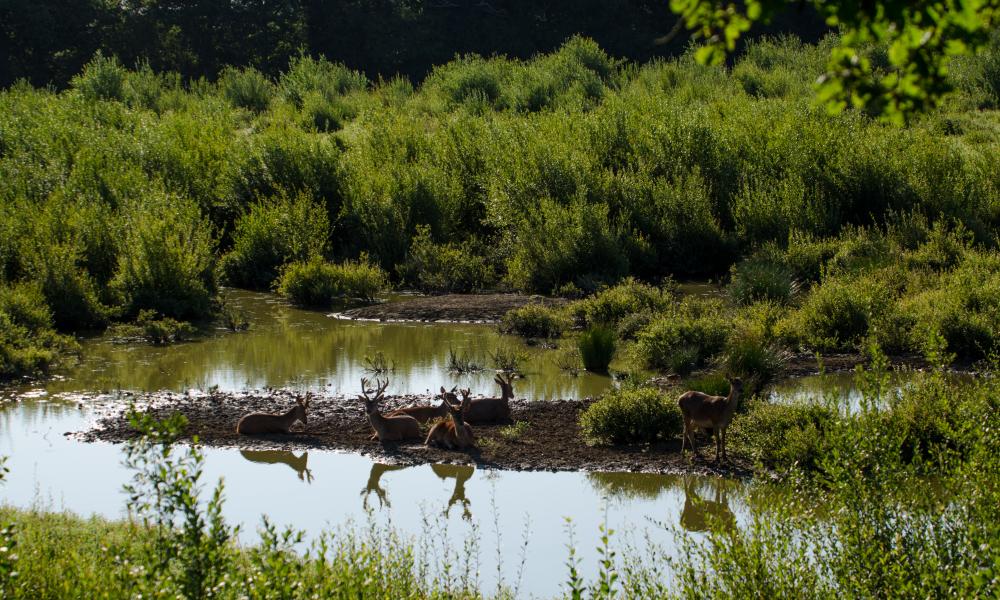
Knepp Estate
Knepp Estate
Yesterday I was lucky enough to join WWF colleagues on a visit to the 3,500 acre Knepp Estate in Sussex which converted from an arable farm that was not making money to a beautiful grass and shrub farm that is incredibly rich in wildlife.
Isabelle and Charles Burrell have been converting the estate since 2001, following a vision of applying limited grazing pressure from deer, cattle, horses and pigs to see which wildlife species might come back. The results have been outstanding and the farm has seen increased numbers of birds and butterflies – demonstrating that the estate’s wildlife is now much healthier and more robust.

A tale of a nightingale
A tale of a nightingale
We went on safari around the estate and immediately saw a buzzard hopping around on some trees a few hundred yards away from our first stop.
Penny, the ecologist at the Knepp Estate, introduced us to the sound of a nightingale singing in the daytime. The nightingale was singing just where this picture was taken.
Penny told us that the way that the brambles have grown out from the hedges provides nesting sites for nightingales and the hedge gives them cover to hide and sing. Nightingales are incredibly rare in England now, having suffered a 95% decline in their numbers since the 1970’s, but there are now 17 pairs on the Knepp Estate.

Slow worms
Slow worms
Another interesting species benefiting from the management of Knepp Estate are slow worms which we were shown by Penny and her colleague. They were sheltering under metal sheets.

Rewilding
Rewilding
Rewilding is a large-scale conservation aimed at restoring and protecting natural processes and core wilderness areas. It protects or reintroduces apex predators and keystone species and that is Knepp Estate's specialty.
Red deer, cattle and horses are being used to keep a level of grazing that provides some meat but also results in amazing recovery in the wild species that have dwindled in the landscapes of Southern England in recent decades. We also saw areas that the Tamworth pigs have rootled up, exposing the soil so that seeds of new and different flowers and germinate.
The changes in the way the estate has been managed have also led to big increases in butterfly numbers because there are new host plants like the sallow for the purple emperor and an 1100% increase in the Brown Harestreak butterfly eggs that have been laid.
The Estate
The Estate
The whole estate is a glorious patchwork, with each field having a distinctive appearance because of its recent history. It is a fantastic experiment in the changes that can be made when putting nature first. Penny told us that most of the estate’s income comes from Government payments for farmers to look after the environment, with some coming from the meat they harvest, while glamping and visitor entertainment break even.
This is a glowing example of what could happen over much larger areas of the country if the government’s proposals to pay farmers to restore nature were put into effect.